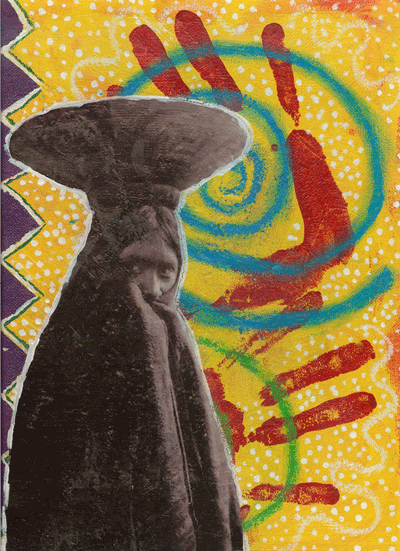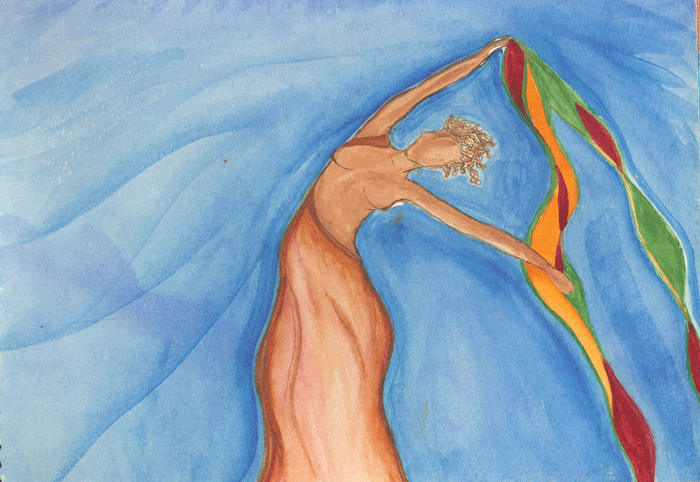
"Women abuse is a nation at war with its own mother because in Africa
we are taught that every woman whether she is a human woman or a 4 footed
cow is your mother. Anyone who hits a woman actually hits his own
mother." -Baba Credo
I woke up this morning with the whisper in my ear saying "What is African Values? Everyone seems to be so sure they know...I will tell you it is very Ancient - so Ancient that many people would be surprise to find themselves still practicing the ways of our oppressors. When a tree is ill the disease is at the root. When there is balance your life will reflect it - when there is imbalance your life will demonstrate it. Ideas that promote imbalance will continue to produce chaos."
CONTINUING ON THE ISSUES OF DOMESTIC VIOLENCE
Recognizing Child Abuse and Neglect: Signs and Symptoms by the Child Welfare Information Gateway
The first step in helping abused or neglected children is learning to recognize the signs of child abuse and neglect. The presence of a single sign does not prove child abuse is occurring in a family; however, when these signs appear repeatedly or in combination you should take a closer look at the situation and consider the possibility of child abuse.
If you do suspect a child is being harmed, reporting your suspicions may protect the child and get help for the family. Contact your local child protective services agency or police department. For more information about where and how to file a report, call the Childhelp® National Child Abuse Hotline (1.800.4.A.CHILD).
Recognizing Child Abuse
The following signs may signal the presence of child abuse or neglect.
The Child:
Shows sudden changes in behavior or school performance.
Has not received help for physical or medical problems brought to the parents' attention.
Has learning problems (or difficulty concentrating) that cannot be attributed to specific physical or psychological causes.
Is always watchful, as though preparing for something bad to happen.
Lacks adult supervision.
Is overly compliant, passive, or withdrawn.
Comes to school or other activities early, stays late, and does not want to go home.
The Parent:
Shows little concern for the child.
Denies the existence of—or blames the child for—the child's problems in school or at home.
Asks teachers or other caretakers to use harsh physical discipline if the child misbehaves.
Sees the child as entirely bad, worthless, or burdensome.
Demands a level of physical or academic performance the child cannot achieve.
Looks primarily to the child for care, attention, and satisfaction of emotional needs.
The Parent and Child:
Rarely touch or look at each other.
Consider their relationship entirely negative.
State that they do not like each other.
Types of Abuse
The following are some signs often associated with particular types of child abuse and neglect: physical abuse, neglect, sexual abuse, and emotional abuse. It is important to note, however, these types of abuse are more typically found in combination than alone. A physically abused child, for example, is often emotionally abused as well, and a sexually abused child also may be neglected.
Signs of Physical Abuse
Consider the possibility of physical abuse when the child:
Has unexplained burns, bites, bruises, broken bones, or black eyes.
Has fading bruises or other marks noticeable after an absence from school.
Seems frightened of the parents and protests or cries when it is time to go home.
Shrinks at the approach of adults.
Reports injury by a parent or another adult caregiver.
Consider the possibility of physical abuse when the parent or other adult caregiver:
Offers conflicting, unconvincing, or no explanation for the child's injury.
Describes the child as "evil," or in some other very negative way.
Uses harsh physical discipline with the child.
Has a history of abuse as a child.
Signs of Neglect
Consider the possibility of neglect when the child:
Is frequently absent from school.
Begs or steals food or money.
Lacks needed medical or dental care, immunizations, or glasses.
Is consistently dirty and has severe body odor.
Lacks sufficient clothing for the weather.
Abuses alcohol or other drugs.
States that there is no one at home to provide care.
Consider the possibility of neglect when the parent or other adult caregiver:
Appears to be indifferent to the child.
Seems apathetic or depressed.
Behaves irrationally or in a bizarre manner.
Is abusing alcohol or other drugs.
Signs of Sexual Abuse
Consider the possibility of sexual abuse when the child:
Has difficulty walking or sitting.
Suddenly refuses to change for gym or to participate in physical activities.
Reports nightmares or bed wetting.
Experiences a sudden change in appetite.
Demonstrates bizarre, sophisticated, or unusual sexual knowledge or behavior.
Becomes pregnant or contracts a venereal disease, particularly if under age 14.
Runs away.
Reports sexual abuse by a parent or another adult caregiver.
Consider the possibility of sexual abuse when the parent or other adult caregiver:
Is unduly protective of the child or severely limits the child's contact with other children, especially of the opposite sex.
Is secretive and isolated.
Is jealous or controlling with family members.
Signs of Emotional Maltreatment
Consider the possibility of emotional maltreatment when the child:
Shows extremes in behavior, such as overly compliant or demanding behavior, extreme passivity, or aggression.
Is either inappropriately adult (parenting other children, for example) or inappropriately infantile (frequently rocking or head-banging, for example).
Is delayed in physical or emotional development.
Has attempted suicide.
Reports a lack of attachment to the parent.
Consider the possibility of emotional maltreatment when the parent or other adult caregiver:
Constantly blames, belittles, or berates the child.
Is unconcerned about the child and refuses to consider offers of help for the child's problems.
Overtly rejects the child.
Resources
Identifying Child Abuse and Neglect
www.childwelfare.gov/can/identifying
Resources and information from the Child Welfare Information Gateway website about signs and symptoms of child maltreatment, including training resources.
Preventing Child Abuse and Neglect
www.childwelfare.gov/preventing
Resources and information from the Child Welfare Information Gateway website.



















0 comments:
Post a Comment